Here’s an illustration of how D.R.I.P.S. would be used to farm potatoes, using evapotranspiration—by collecting dew and delivering it to the plants’ root system. This is our low energy passive irrigation system in scarce water environment.
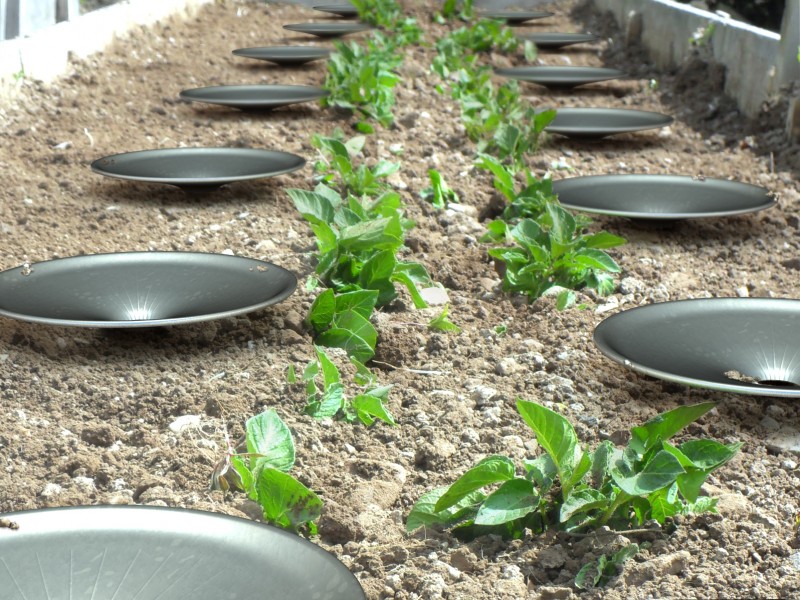
Here’s an illustration of how D.R.I.P.S. would be used to farm potatoes, using evapotranspiration—by collecting dew and delivering it to the plants’ root system. This is our low energy passive irrigation system in scarce water environment.

Tags: D.R.I.P.S. design, dew, Evapotranspiration, farming, water penetration level, water scarcity
You must be logged in to post a comment.
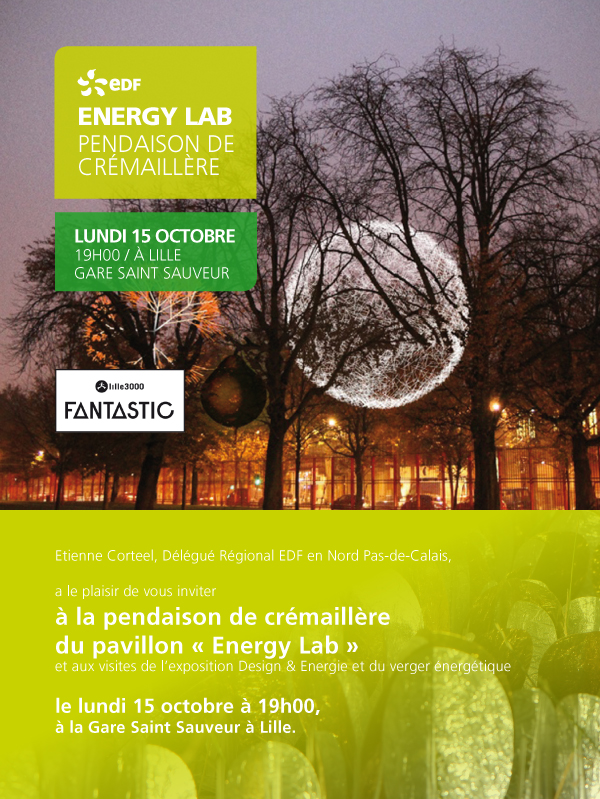
We’ve got an invitation to The Energy Lab — EDF’s new pavilion in France, featuring the winning designs from the EDF Sustainable Design Challenge....
Read more »
Our project and its video was just posted on The Water Channel! Here’s a description of what they do: TheWaterChannel was launched at the...
Read more »
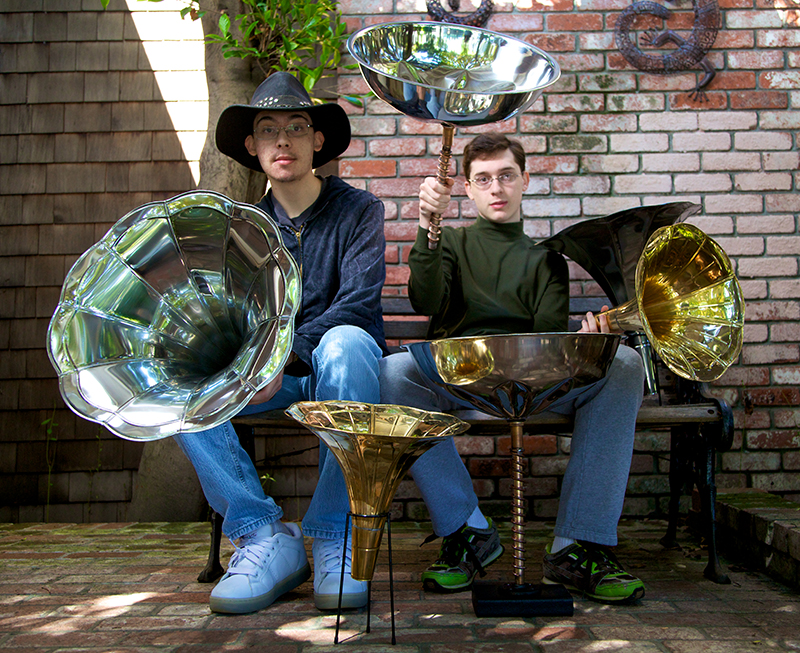
So now we have three prototypes: two from India and one locally-produced. They are very different. But the latest version is what we are...
Read more »
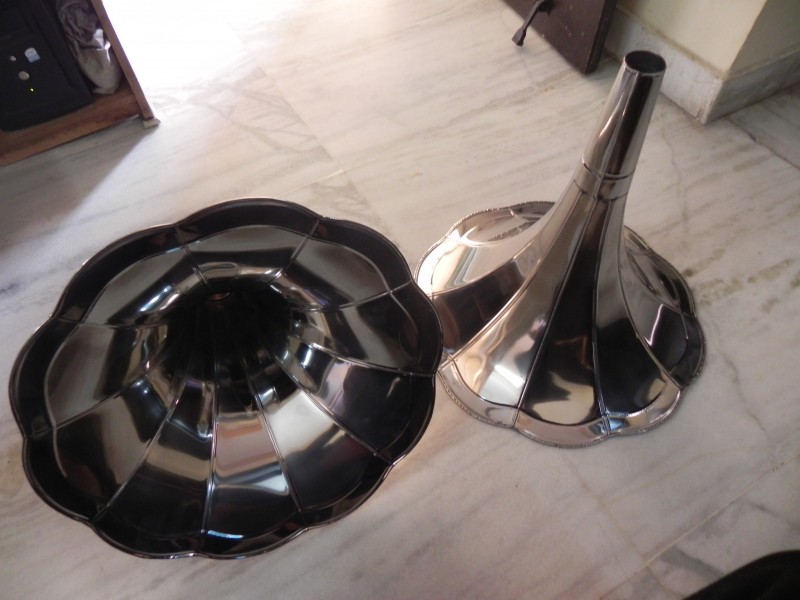
We just got our first glimpse of DRIPS from India — these were produced in India and are being shipped to us now. Can’t...
Read more »
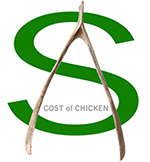
This year (2011), we are still focusing on food. We want to know the true cost of food — its price; the distance it...
Read more »


Would love to see your idea demonstrated in practice. It’s an attractive design too, aesthetically speaking.
One thought to augment…
Increase the collection surface area dramatically by cupping the collector more and filling it with a mound of stainless steel or stone spheres or marbles. That will have the added benefits of catching the early sun angle better, as well as keeping materials from gradually blocking the feeder tube, and reducing evaporation back out from the tube.
thanks for your work guys!
inspiring.